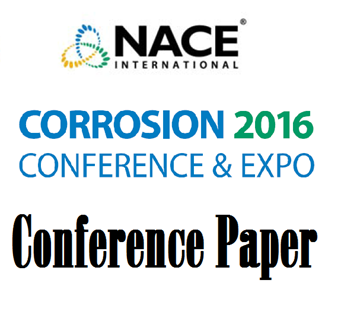Search
Products tagged with 'acid gas'
View as
Sort by
Display
per page
51316-7187-Amine Corrosion in Gas Sweetening Plant: Causes and Minimization on Real Case Study
Product Number:
51316-7187-SG
ISBN:
7187 2016 CP
Publication Date:
2016
$20.00
Corrosion Control of Acid Flare Lines at Gas Treatment Facility
Product Number:
MPWT19-15242
Publication Date:
2019
$0.00
Proactive Corrosion Control Assessment to Treat Higher-Acidity Gas
Product Number:
51324-20773-SG
Publication Date:
2024
$40.00
The Role Of Acid Gas Partial Pressure On Corrosion Processes In Oil And Gas Production Systems
Product Number:
51321-16862-SG
Publication Date:
2021
$20.00




